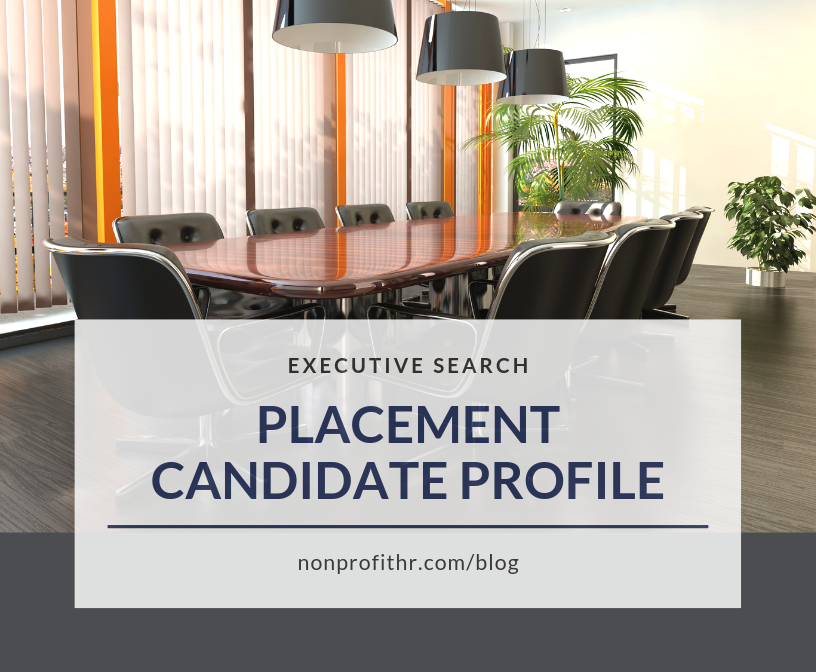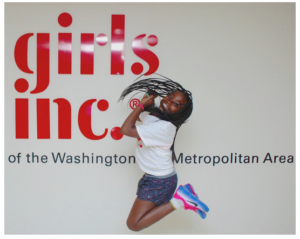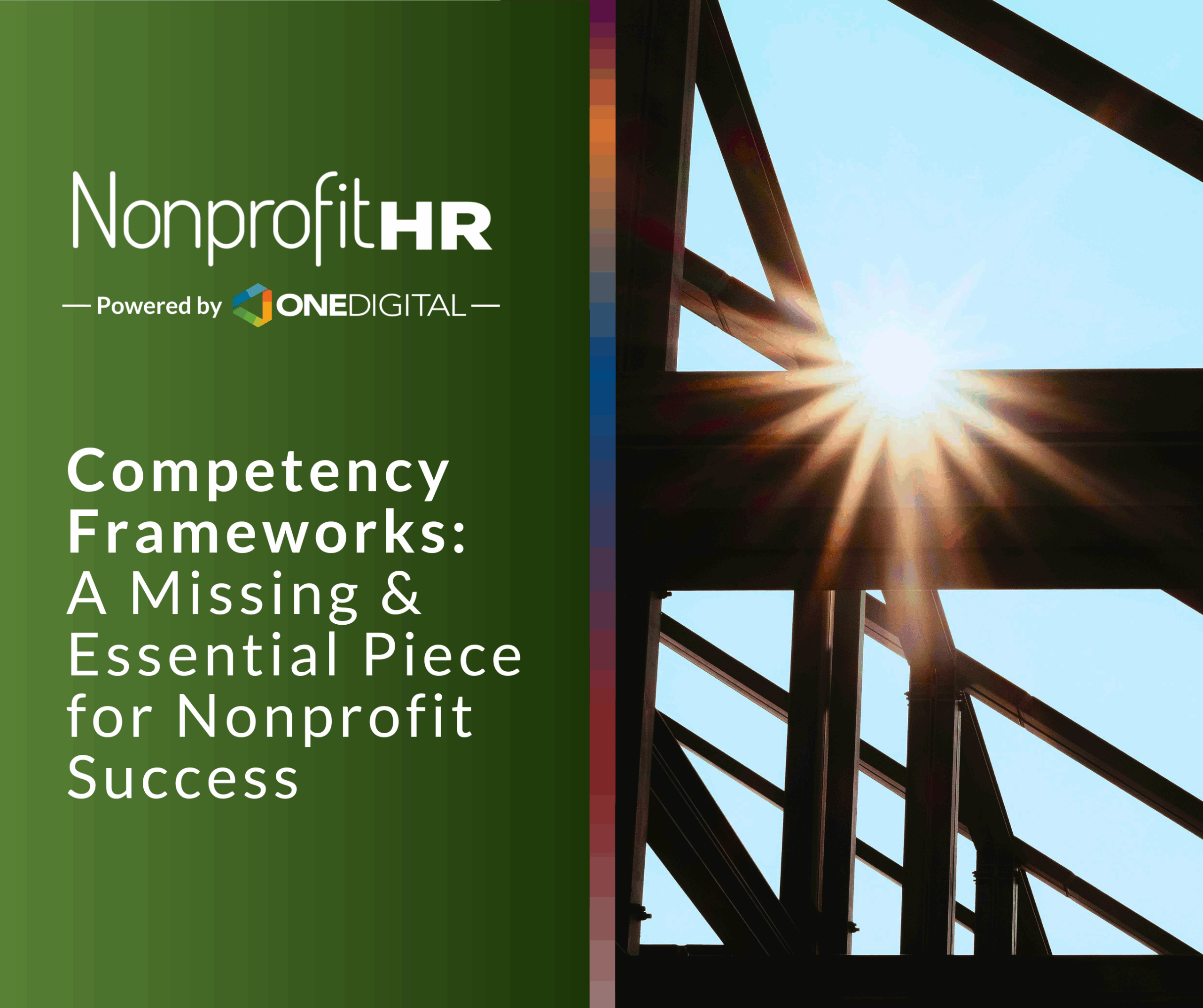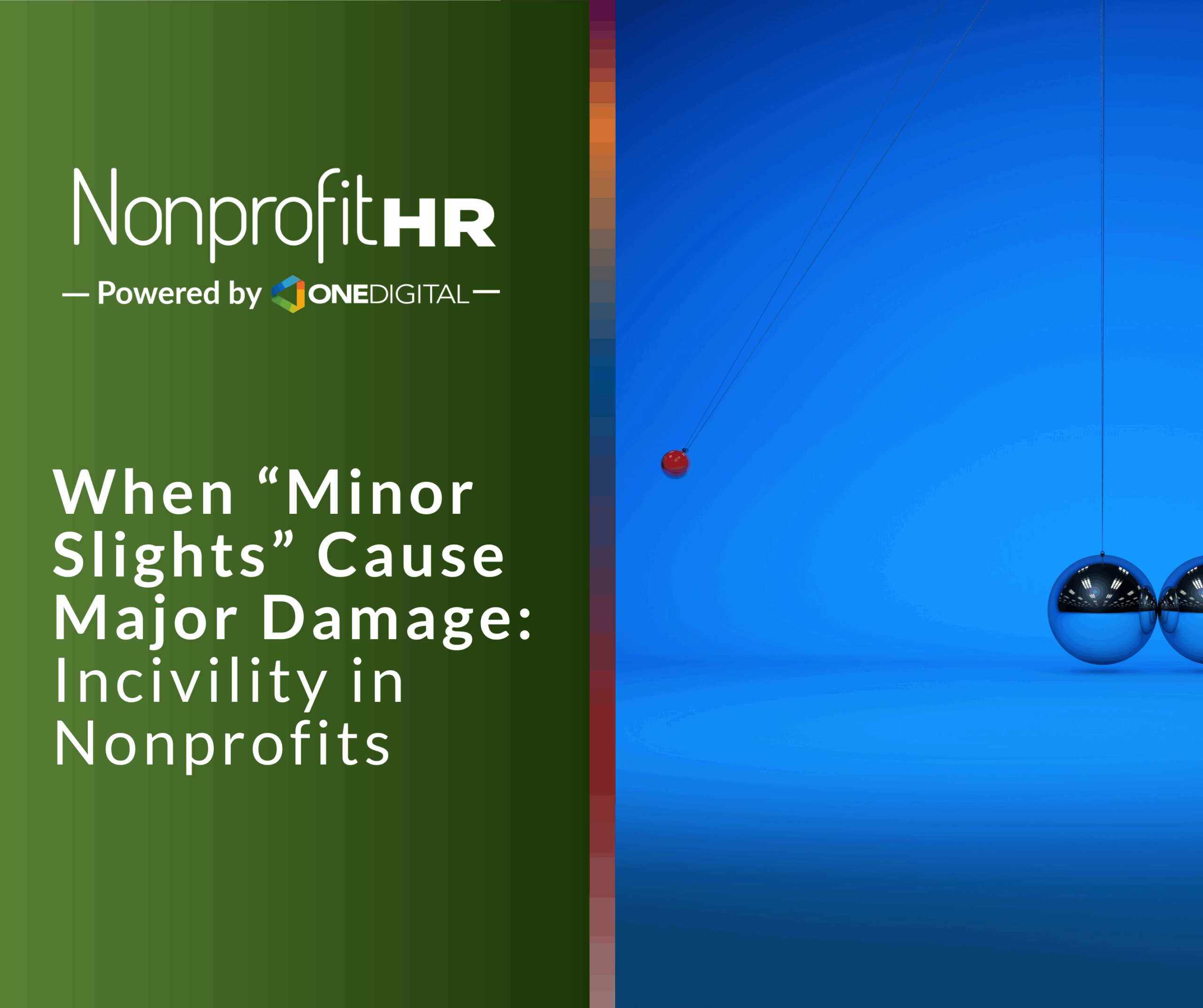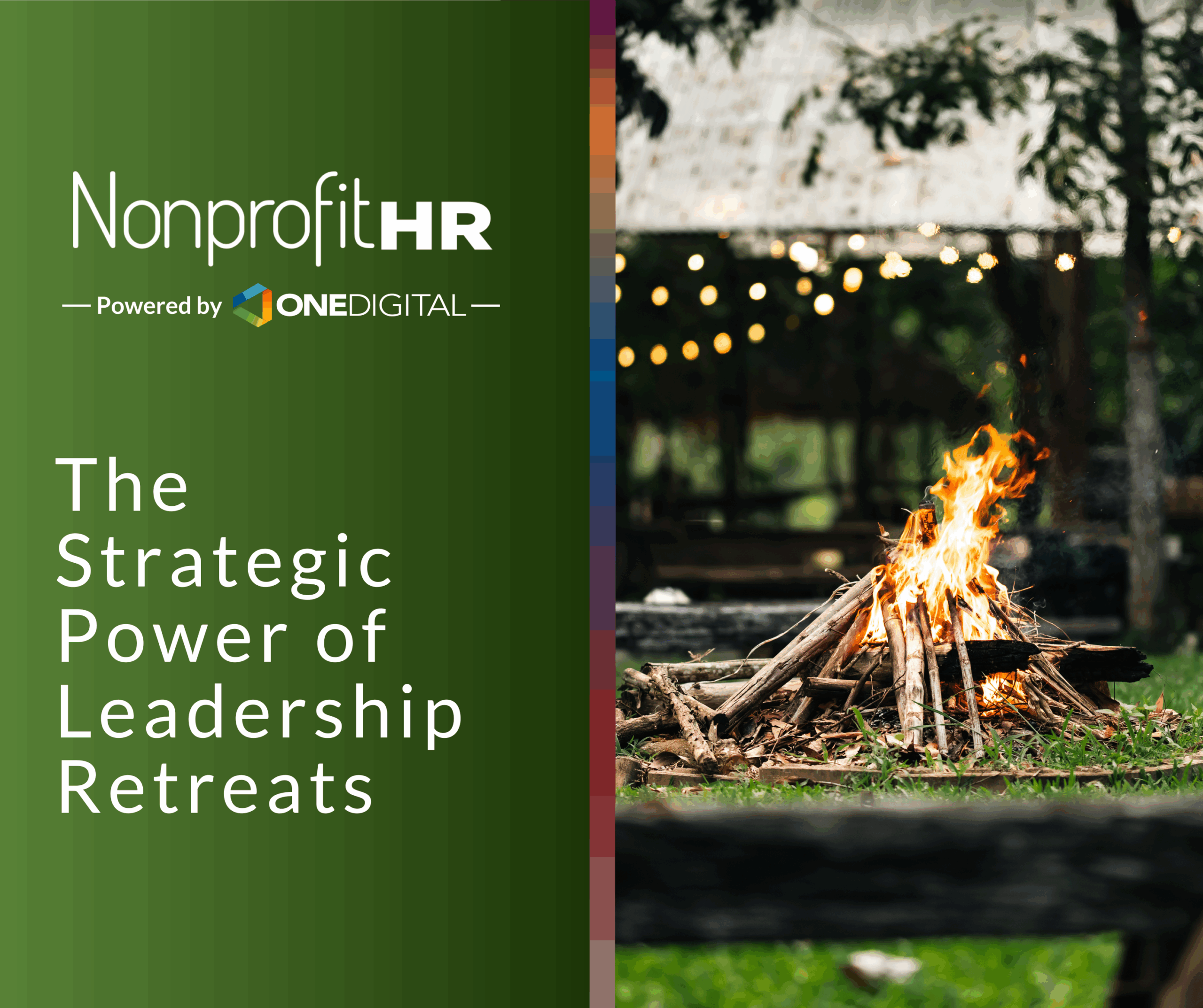WTOP: 5 ways nonprofits can…
Impact Search Advisors by Nonprofit HR places hundreds of candidates in positions each year. This story features a recent placement who is making incredible impacts in the social sector.
Interviewee: Dr. Heather Hairston
Organization: Girls Inc. of the Washington, DC Metropolitan Area
Title: Executive Director
In Their Own Words – Executive Search Highlights
Nonprofit HR: What led you to a career in the nonprofit sector? What skills do you believe you bring to the sector?
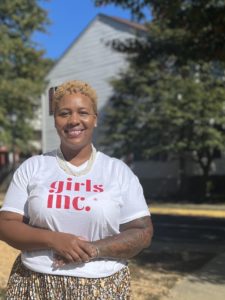 |
| Dr. Heather Hairston Executive Director Girls Inc. of the Washington, DC Metropolitan Area |
Hairston: I’d say an opportunity to make an impact in a community is what really means the most to me when I think about working in the nonprofit sector, specifically with Girls Inc. and creating a world where girls and young women have the support they need to determine their futures. This role will allow me to contribute to their work and it helps advance the rights and opportunities for girls in order to help them create a future to be successful.
To be able to do this work in D.C., where I was born, is also a special opportunity for me. I think I bring a knowledge of the community, a genuine commitment to the work that is fueled by my belief that we all have a responsibility to take action to improve the things that we don’t like. The nonprofit sector provides an opportunity to fund the things that move us to action. When we hear about movements, we forget about the adequate funding and support that is required for those movements, so to serve in an ED role allows me to raise funds and raise awareness for things that we know are going to be important to girls and young women in a way that I think will be incredibly gratifying.
Nonprofit HR: In terms of raising funds and bringing awareness to the mission, is that something that’s deeply rooted and that has been consistent throughout your career?
Hairston: I would say no. Most of my professional work has been as an educator, so often I was provided with a general budget. To me, what is unique about this is the opportunity to connect work that I’m very passionate about, specifically improving outcomes for girls and women, and being able to do that in a way that is more tangible than serving in a classroom role or a principal role. In other words, really being able to develop programming and donations and to elevate the mission of the work in a different kind of way. It feels similar in the sense of the expected outcomes and the purpose-driven piece, but to be responsible for generating those funds is a new challenge, so I’m very much looking forward to that.
Nonprofit HR: What drew you to Girls Inc.’s mission? What do you love about it?
Hairston: The Girls Inc. vision is empowered girls specifically in underserved communities. As we move toward that work, we think about our three pillars, which are creating spaces where girls can be strong, smart and bold.
Strong in their physical and mental health, helping girls to make smart choices and to take care of themselves so they have long and healthy life, and smart with a strong focus on academics, specifically with industries that have traditionally not been inclusive of women, girls and/or people of color, such as science, technology and engineering. While access to these fields has improved, we still know that there are direct connections between needing a workforce and developing a workforce with a gap in what we see in middle and high school programming, specifically for girls. That’s the smart piece.
Last but not least, the one that I love the most of our pillars is bold. This means helping girls feel comfortable taking up space, advocating for themselves and advocating for their communities. Girls are ready to lead, all the research shows that, and with the right support, I’m excited to serve in a role that will be able to help them develop those skills.
Nonprofit HR: What would you say excites you the most about your new role?
Hairston: There is so much to be excited about. I think one thing that is often exciting to me is the programming that we provide, specifically for middle and high school girls. Having the opportunity to give back into the community and to reengage young girls and women after this disruption to traditional learning for 18 months is something to be excited about.
I’m also excited to put the D.C. affiliate on the map. We think about the big urban cities—Boston, LA, Miami, Chicago—that are doing this work in populations that are similar to D.C. This feels like a great opportunity, especially being in such close proximity to a female mayor for Washington, D.C. Two years ago, D.C. had a female chief of police and we also have a female vice president. It feels like we are a stone’s throw from women who are leading and breaking boundaries and increasing access and opportunities. So, for me, it feels like a good time to be doing this work.
I think, too, because Girls Inc. had to do a pause and a relaunch, I’m excited to create some financial sustainability and to be thinking about what we need to do to grow these programs. We want to make sure every single girl in the DMV is strong, smart and bold. To do that, we are going to be leaning into our strategic plan, which takes us through 2025, and we want to make sure we are one of the top-rated nonprofits in this area. We want to be a place that people are excited to donate to, where they know their money is going to make a difference, where we can engage volunteers and that they enjoy engaging with our girls. All so that we can really leverage time, treasure and talent to build a future for the kind of organization that we want to see.
Nonprofit HR: Has the pandemic shifted your view of leadership? If so, how?
Hairston: The thing is, it hasn’t so much. When you are a school leader, you have to be flexible, you have to be resourceful, you have to engage others in decisions and you have to often operate with grace. Those four skills that have been so much a part of my job as a teacher and as a school leader have really come into play over the last 18 months. Leaders, no matter what sector, are often charged with making decisions really quickly without having all of the information. And that’s what it’s been like during the pandemic. The pace at which you have to make decisions with the level of information that’s coming to you means that you have to be intentional about building time to reflect, to think and to understand the difference between your implementation and the impact.
I’m grateful to colleagues, friends, family and others who have been supportive during the last 18 months and who have really stepped up. I think the pandemic revealed that it didn’t matter what kind of school you went to, what kind of home you lived in, if you were healthy and able-bodied or if you were someone with a disability, this pandemic has impacted us all. When I think about being resourceful, being flexible, operating with grace and being transparent around things that you do know and things that you don’t know, those things have been the best reflections of my leadership and I don’t think that has changed very much. I would argue that if you pulled teachers or students of mine from the past, they would say, “Heather’s always been that way.” I think it’s a core part of who I am as a servant leader and what feels like a natural style to me.
Nonprofit HR: Can you share with us a little bit about how you grew up and how that may influence the way you are approaching this new role in your life?
Hairston: I grew up in Washington, D.C. I attended Prince George’s county public schools. I went to public schools all my life. I was fortunate enough to have a family who loved, supported and encouraged me. What it meant is that when I went into schools and into that community, I wasn’t looking for them to fill a void, so to speak. I had pleasurable experiences at school, I overall did well, I asked for help when I needed it, I held other folks accountable. And when you are a young person and when you are a girl, when you display what feels natural, people put on the role of leader for you. I remember being fifth grade class president, I remember being high school class president, and I was homecoming queen. I had just naturally embraced this embodiment of being a leader. And it didn’t feel like I was doing anything that was exceptional, it just felt like I had been practicing what I had seen in my community and what I had seen from my family. So, I felt comfortable in that body, but then also recognized that everybody doesn’t get that opportunity and that in a lot of spaces when girls and young women are trying to advocate for themselves, they are labeled as bossy or rude or disrespectful. They are silenced and told to sit down. They are hushed. They are ignored. So, for me, it comes full circle—both acknowledging my role as an educator in creating those spaces for young people and also being grateful that my family and my school experiences nurtured those relationships and nurtured those skills in me. That’s kind of how I see it.
We also understand, too, there is work to do for young people and adults. Even if we created spaces for girls and young women to feel strong, smart and bold, if we don’t talk to and manage and support adults who are often the gatekeepers of whether or not that comment gets heard or that feedback gets applied, there’s double work there: both creating those spaces for adults and helping young girls and women advocate for the things that they need. This is so that everyone is coming out with a better opportunity to feel successful.
I see that as being very much connected to my core values. I studied sociology when I was in college at Hampton University and there has always been something that doesn’t seem right, I couldn’t quite figure out why, but it didn’t seem like the right thing to do. And so, to be approaching a role in a city at a time such as this, when we know what happens to and with girls is often not in service of their long-term development, their health or their wellness, it just feels like something that is a personal mission for me.
Nonprofit HR: What would you say is the most important aspect of people management?
Hairston: There are so many aspects of managing people, but I think my first instinct is to go to building trust with folks and building proximity. The easiest way to show that you’re trustworthy is to earn respect from others by being consistent with your behavior and doing what you say you’re going to do. Being consistent and being reliable shows that your team can trust you and it also models that for each other.
I think, too, you have to be able to increase proximity to what is happening. Someone who I really admire, Dr. Cornel West, reminds us that you can’t serve people that you don’t love and you can’t love people that you don’t know. And so, if we are going to be committed to making programs for middle school girls and young women, then we need to be spending time with donors and with middle school girls and young women, so that we can hear what their needs are, so that we can be responsive to their needs, so that we can serve as role models and encouragers to them to then take their needs and their message to a broader audience knowing that everybody doesn’t get the same amount of access.
There’s a level of responsibility that comes with this because we know that some of the girls that are often in the most disinvested communities are not going to get conversations to be interviewed, they’re not going to get an opportunity to go to CNN, they’re not going to get an opportunity to go to the White House and some of these things. So, we have to be their voice in those spaces and when you increase proximity, when you build trust, when you are transparent and genuine in what you are doing, then I think you are able to manage people without any challenges.
Nonprofit HR: What type of culture do you look forward to fostering in your organization?
Hairston: I’m looking to foster and create a community where people can thrive and feel successful, where everyone is proud of the work they are able to produce and they are inspiring to others. Working with young girls and women should be fun and joyful and inspiring, and I would really hope that we create a culture in our organization that models what we want to see for those who are working with girls and young women.
Nonprofit HR: It seems like passion is an essential ingredient for this type of work, and you also mentioned access. How did we get to the place where this is such a large unmet need? What can you share with us regarding why this is so necessary?
Hairston: I just finished my doctorate at the University of Pennsylvania and my focus was on intersectionality and gender studies. It was an organizational leadership doctorate. My research was entitled Belonging Behind the Screen and I looked at adolescent Black girls’ perception of safety and sense of belonging during virtual learning. I did all of my research during the pandemic, all of these interviews, and I simply asked them to take a picture of what it was like to be a middle school student right now.
To me, the passion and philosophical piece generates very much from my learnings with these girls. Basically, what I found in my research was that they were on their own creating networks of support, communicating with one another, problem solving, being strategic, managing their time and encouraging each other in ways that they had not been trained or expected to do. It wasn’t like teachers were saying to young people, “Go and find your own network of support.” This was something that was innate in these adolescent Black girls who are attending public and charter schools, who are between the ages of 10 and 13, who were already dealing with all the challenges of adolescence, still to say, “I’m going to call my friend because I see she’s not on today,” or “We have Wednesday off. Let’s spend the first two hours doing all the homework, so that we can be free in the afternoon.”
To me, the way that connects back is that there is an inherent need, will and desire to connect and to support one another that I think we don’t acknowledge enough. We are often so busy competing with each other and comparing things that it completely goes against what is our natural posture, which is to help and to serve one another. We often think about service for underdeveloped communities as something that we need to go in and give and provide to them, and so this research finding helped me realize that this is not about us going in and pouring into them. This is about us creating the conditions where they can see it in themselves. And so, that is what is key. This is not about how I’m going to go in and do this and give you this, because when I go, that thing goes. But when girls can see themselves as problem solvers, see themselves as leaders and see themselves in ways that did not come from an adult telling them, then I think it’s much more powerful.
And what we understand is that race and gender and other identities impact the way we see ourselves and the way we see each other. And if we can flip that and say, as girls and young women, we are naturally created to support one another—and not naturally created to compete—but it is innate to us to be thoughtful and to be kind, we can help disrupt this narrative that does no service to anybody. When girls and women win, everybody wins. Humanity wins. We want to find ways to elevate those stories, to provide modeling and to give those programs, so that we can make sure we are creating the kind of world that for so many of us, we take for granted. And we can do that.
Nonprofit HR: Was there a part of the executive search process that you found most helpful?
Hairston: This was my first position where I engaged in an executive search and I had a recruiter, so it was a new experience for me. For the most part, you hear folks talk about their recruiter, but you go, “What does that mean?” For me, it was a nice experience and what I enjoyed the most was that it created an opportunity to ask questions about the process before talking to the hiring committee. Oftentimes, when you are situated with a panel, a committee or a large group of people, they ask you if you have any questions. But, you never really know what you don’t know until after it’s over. So, having someone you can call and get in contact with to make sure you understood what they were saying was helpful. I also think that contributed to a level of preparedness when you go into the conversations, applying the feedback and ensuring that there is clarity on what is expected.
Also, the logistics part was very helpful. Especially interviewing during this virtual season that we are, in handling all of the logistics—such as what time, what Zoom link, if you can see my screen or if you are on mute—that have now become so commonplace in the hiring and recruitment process, having someone to take that on was very helpful. It also meant that the conversations we had were about the role and about the expectations, so it made it a seamless process.
I would also add that it gave me a sort of confidence. Having a recruiter, you feel like you have an advocate or supporter, someone who is there with you instead of going about all of this by yourself.
Nonprofit HR: In three words, how would you describe the overall executive search experience?
Hairston: Supportive, well-organized and timely.


























